Briere has one assist in five games but was skating with Travis Moen and Michael Bournival in practice on Monday. If this is a permanent move for the Habs, he loses the small amount of fantasy value he had left.

Briere has one assist in five games but was skating with Travis Moen and Michael Bournival in practice on Monday. If this is a permanent move for the Habs, he loses the small amount of fantasy value he had left.

As soon as Smith was moved to a line with Patrice Bergeron and Loui Eriksson he recorded an assist on his first shift. He had just nine points in 37 games with the Stars last season, so he might not become a fantasy option. However, he is worth keeping an eye on him when he is playing with players as skilled as Eriksson and Bergeron.

Marchand has one goal in four games and will skate with Jordan Caron and Chris Kelly.

Ruutu played 10:28 in his return to the Hurricanes lineup last night. He didn't record a point and was a minus-1. A move to the top-line definitely boosts his fantasy value and makes him a potential 20-goal scorer if he can stay healthy.

McBain will stay in the lineup while Ristolainen takes a seat. The 2012, 8th overall pick has no points and a minus-3 rating in six games.

Weber was a healthy scratch on Saturday after not recording a point and racking up a minus-8 rating in the first five games.
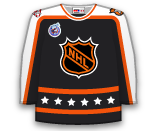
This will be the second game in a row that Yakupov doesn't dress for the Oilers. He and new head coach Dallas Eakins clearly aren't on the same page right now. Eakins is trying to send a message to the former first overall pick. Yakupov has no points and a minus-3 rating in four games.
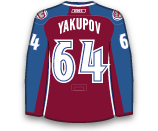
Nelson was a healthy scratch last night as a result of Cal Clutterbuck returning to the lineup. He has one assist in three games.

Donovan has a goal and assist in four games. He was averaging 16:29 TOI per game.
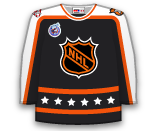
Carkner has not appeared in a game this season. He is not fantasy relevant.
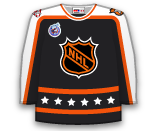
Pirri led the AHL in scoring last year with 22 goals, 53 assists (75 points) in 76 games. He was one of the last cuts in training camp but will be in the lineup tonight vs. Buffalo. He will skate on a line with Patrick Sharp and Marian Hossa, a line that definitely gives him some fantasy value.
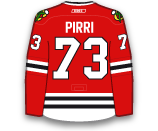
Wilson missed all of Colorado's preseason contests and first the first four games this season with a minor knee injury. Wilson has been skating for the last two weeks, but it wasn't until last Sunday's practice that he fully participated in drills with his teammates. Avalanche head coach Patrick Roy has been reluctant to change his lineup during the winning streak, but he will make one change against the Capitals as Wilson will replace Tyson Barrie on defense and will likely be paired with Nate Guenin.
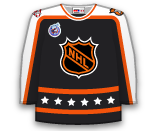
Kassian will skate on the Canucks third line with David Booth and Brad Richardson. He had seven goals and four assists (11 points) in 39 games last season.
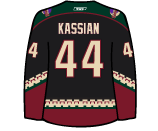
The Bruins blueline is loaded with depth, this is likely just a move to get Bartowski some playing time. Hamilton has no points through three games.

Bartowski has yet to appear in a game this season. He had two assists in 11 games with Boston last season.
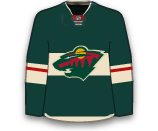
Grigorenko who was a healthy scratch on Thursday will return to the lineup tonight vs. Chicago. He has no points and is a minus-1 while averaging 11:24 TOI in four games. The Sabres are expecting much more out of the 2012 12th overall pick.
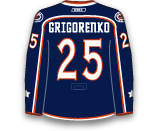
Sulzer, who will make his season debut tonight, had three goals and one assist in 17 games with the Sabres last season.
With Fedor Tyutin returning from injury, Nikitin will take a seat. Nikitin is a plus-1 with one assist while averaging 21:43 through three games.
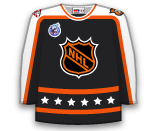
With Calvert out with a sore groin, Jenner will draw back into the Blue Jackets lineup. He dropped from their first line to a healthy scratch in two games, so don't expect him to stick in the lineup or have any fantasy relevance.

Lashoff had a goal, four assists and a minus-10 rating in 31 games with the Red Wings last season.
